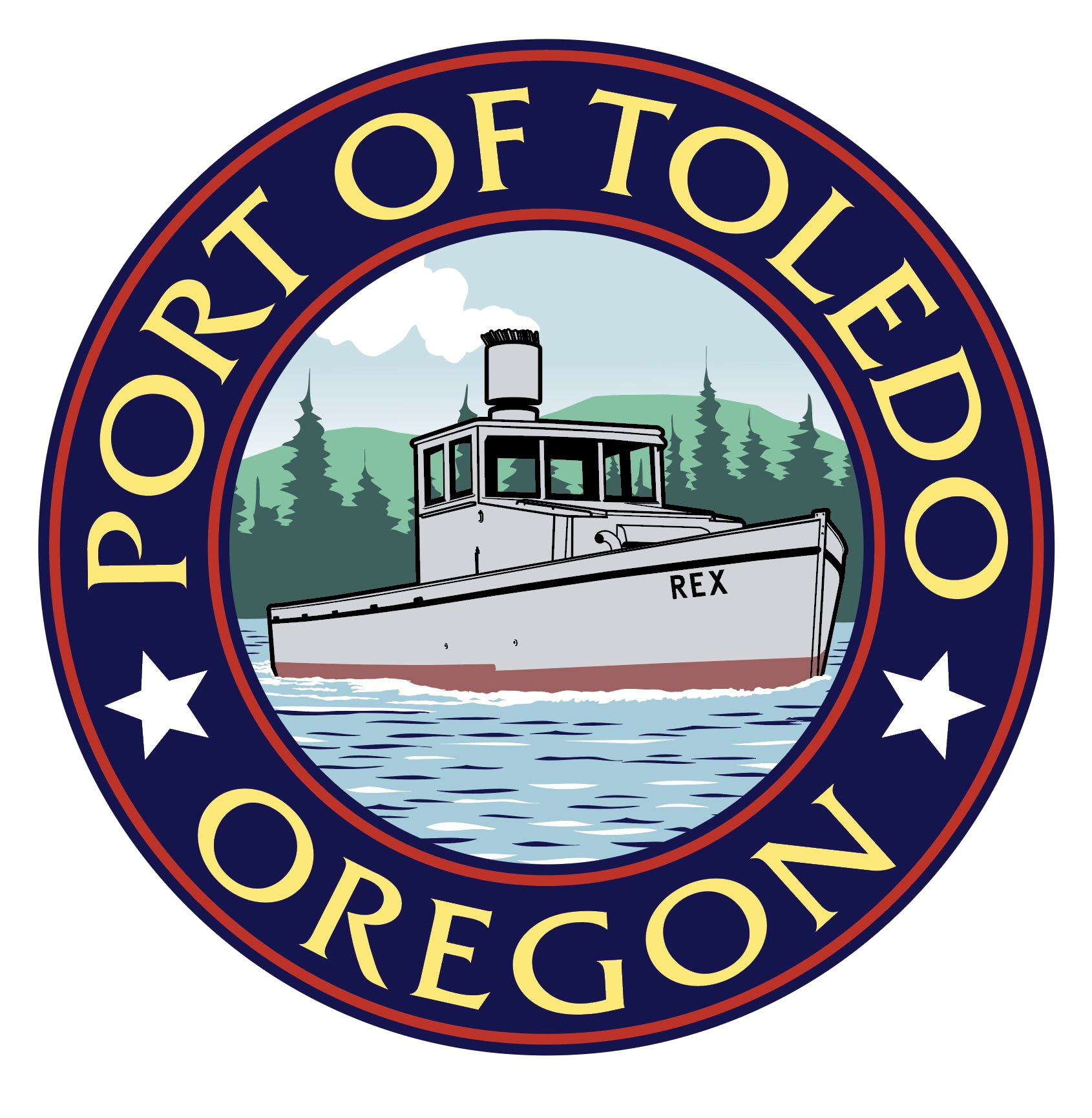Bill's Boat Shop
In the early days of Bill Pettis' boat building career in the mid-1950s, he built small boats from 12ft to 16ft for use on the lakes and rivers of the mid-Willamette valley. Living in Tangent Oregon, Bill was working at a plywood mill during the week and building boats in an abandoned egg farm's chicken coup in the evenings and on weekends.
As boat orders increased, Bill moved his boat shop to a larger building along the Willamette River in Albany. Bill enjoyed racing outboard motorboats on the Willamette and studied high speed planning hull design and built some boats for racing with some success.
Bill started getting orders for somewhat larger boats in the 18ft to 23ft range from people from the Newport area to sport fish on the ocean for salmon and bottom fish. Bill moved his boat shop and family to Newport in 1960 and started building boats in a Quonset hut that had been a military building on the site where the Newport hospital's east parking lot sits today.
During the 196Os the salmon fishing in Oregon was good and people wanted boats for both sport and commercial fishing. Bill moved his boat shop to a larger building just east of Newport on highway 20 and Benson Road where 20/20 Auto body is today. There he started building commercial salmon trollers. These boats were in the 24ft to 28ft range.
One such boat, the 28ft "Silkie" fished for salmon in Newport for many years. He also built a charter boat named "Georgene" that carried customers out sport fishing from Newport.
In 1966, with customers wanting still larger boats, Bill moved his boat shop for the final time down to a building by Yaquina Bay next to Bayside Machine Works. Here Bill started building 32ft to 36ft boats with names like "Amigo", "Tiralee II", "Bonnie Jean", "Edna M", "Skipper", "Miss Q", "Little J” and several others.
Bill wanted to build boats with a "flared bow" to push spray away from the wheelhouse windows when "bucking" into weather. A flared bow creates a compound curve which is especially challenging for a sheet material like plywood to cover. After considerable head scratching and some trial and error, Bill, with his eighth-grade education, figured out how to cover a compound curve with plywood. In the book "Boat Building with Plywood" by Glen L Witt it says "covering a compound curve with a plywood sheet is not possible, It can only be achieved by cutting the plywood into strips". Bill always said, "It was a good thing I did it before reading the book or I never would have tried".
Well into the 1970s "Bill's Boat Shop" continued producing quality commercial fishing boats. Most of them were salmon trollers with a few of them also entering the Dungeness crab fishery. There was another charter fishing boat and a cruiser. These boats were mostly 38ft models with names like; "Angie-J", "Jacob-D", "Judy-R", "Badger", "Fair Seas", "Moxie" and several others.
In 1978 a "wrecking ball" crashed into the Oregon boat building world. Salmon fishing, "limited entry", put an end to the demand for new salmon fishing boats as if someone had flipped a switch. Boat shops up and down the Oregon coast closed. After a period with no orders, Bill decided to retire.
Bill built one more 23ft sport boat before retiring for good in early 1981.
During a career that spanned over 25 years, it is estimated that the “Bills Boat Shop", while working almost entirely by himself, produced over 200 boats. No one knows how many for sure.
